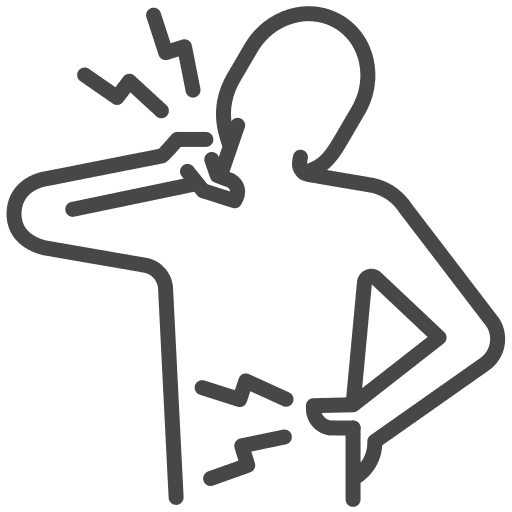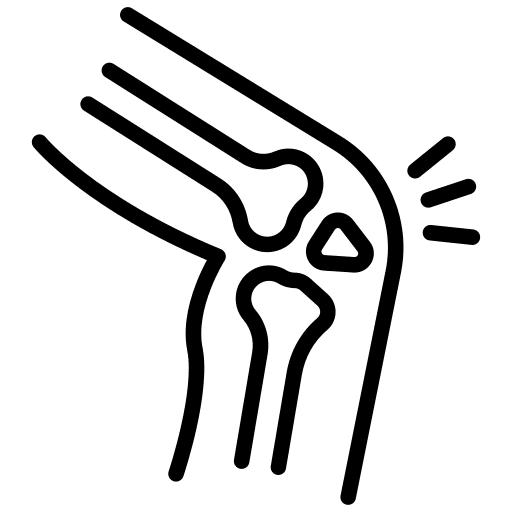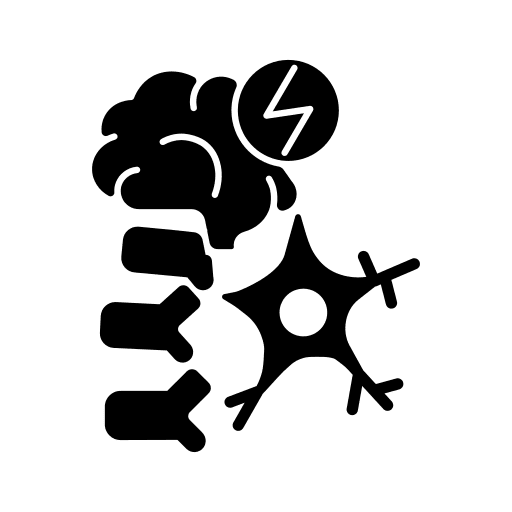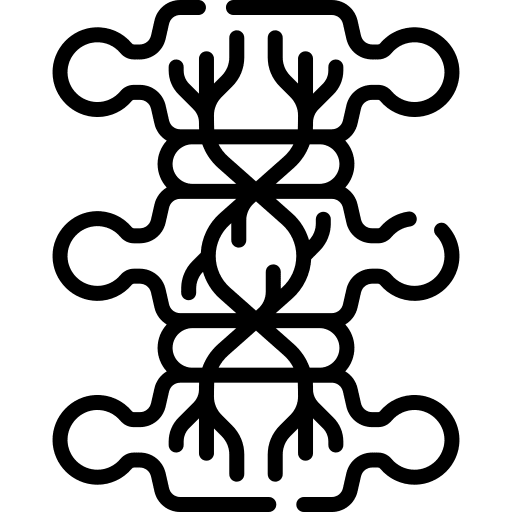Spinal Injections
Diagnostic and Therapeutic Nerve Blocks
Therapeutic and diagnostic nerve blocks are used for pain treatment and management. Medications that are injected include local anesthetics, steroids, and opioids. In some cases of severe pain, the nerve is destroyed with injections of phenol, pure ethanol, or by using needles that freeze or heat the nerves.
Purpose of Nerve Blocks
-
Blocks with local anesthetic can be used to control acute pain
-
Provide periods of significant pain relief, promoting the desensitization of sensory pathways
-
Reduce nerve and joint inflammation, reducing the abnormal triggering of signals from injured nerves
-
Provide diagnostic information to determine the source of the pain
Nerve Blocks and Body Parts
Various areas of pain require different nerve block types. Below are a few of the available nerve blocks the parts of the body for which they are used.
-
Trigeminal nerve blocks (face)
-
Ophthalmic nerve block (eyelids and scalp)
-
Supraorbital nerve block (forehead)
-
Sphenopalatine nerve block (nose and palate)
-
Maxillary nerve block (upper jaw)
-
Cervical epidural, thoracic epidural, and lumbar epidural block (neck and back)
-
Cervical plexus block and cervical paravertebral block (shoulder and upper neck)
-
Brachial plexus block, elbow block, and wrist block (shoulder/arm/hand, elbow, and wrist)
-
Subarachnoid block and celiac plexus block (abdomen and pelvis)
Types of Therapeutic and Diagnostic Nerve Blocks
This is a type of sympathetic nerve block that is performed to determine if there is damage to the sympathetic nerve chain, a network of nerves extending the entire length of the spine. These nerves control some of the involuntary functions of the body, such as opening and narrowing blood vessels.
This is a type of sympathetic nerve block performed to determine if there is damage to the sympathetic nerve chain supplying the head, neck, chest, or arms and find the source of pain in those areas. Although used mainly as a diagnostic block, the stellate ganglion block may provide pain relief in excess of the duration of the anesthetic.
Facet joint block, also known as zygapophysial, is performed to determine whether a facet joint is a source of pain. Facet joints are the slightly overlapping vertebra located on the back of the spine. These joints guide and limit spines movement.







